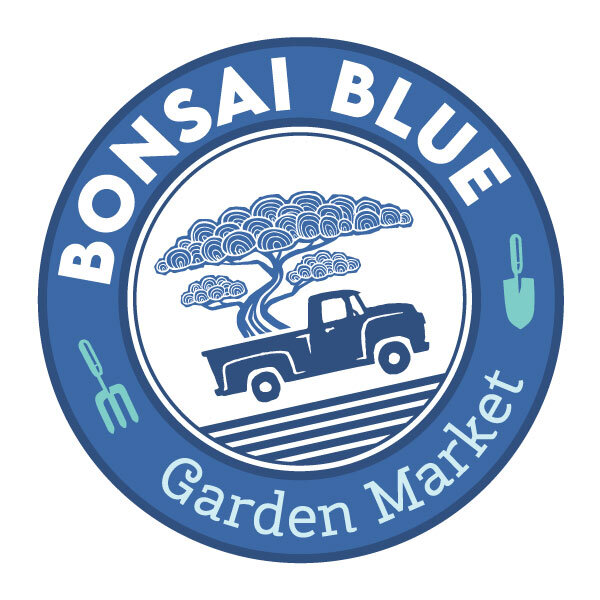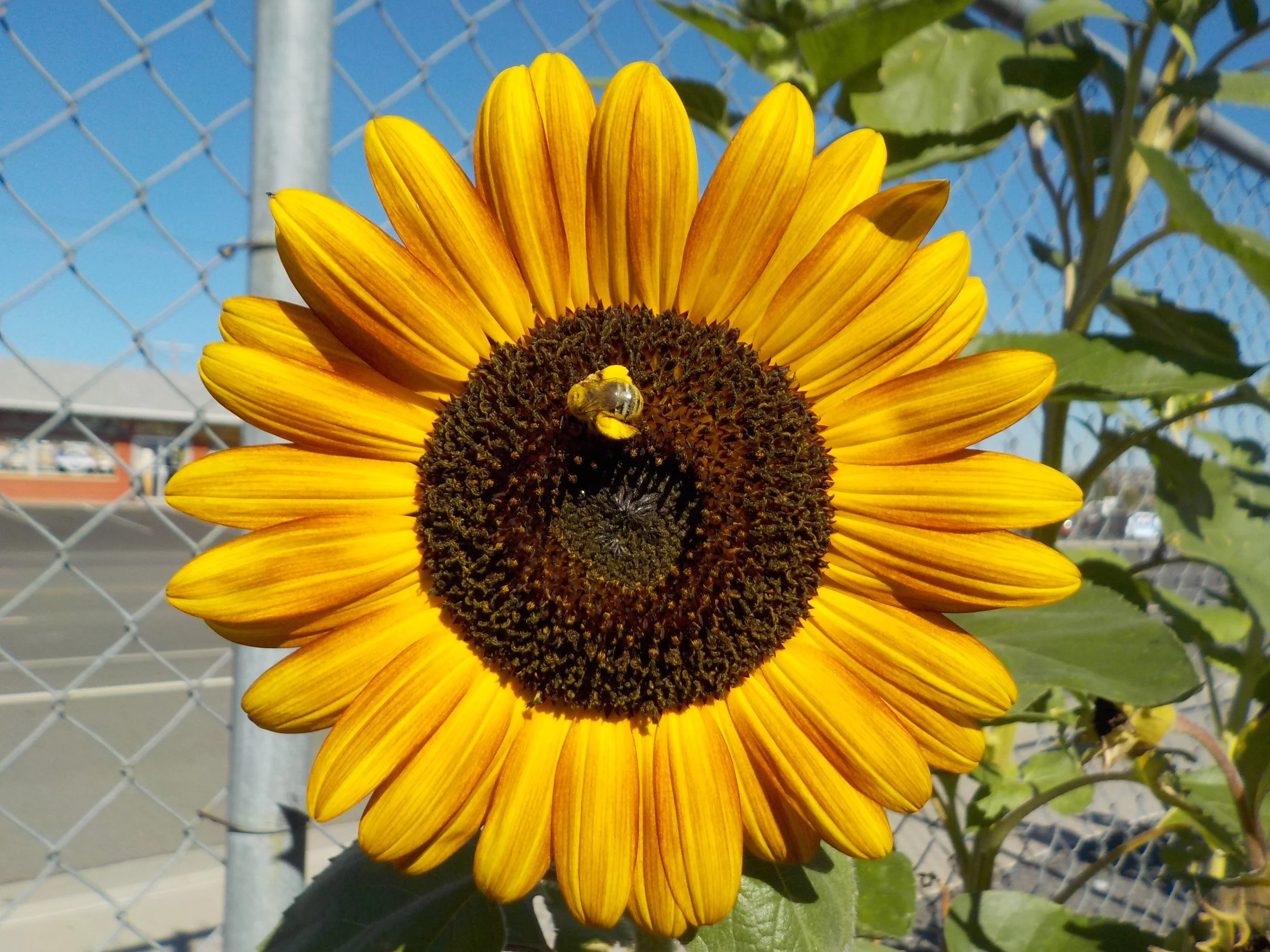Tips for Creating a Pollinator-Friendly Garden in Nevada
Pollinator Week Recap: How to Keep Supporting Pollinators All Year Long
Looking to support bees, butterflies, hummingbirds, and other pollinators in your garden? A pollinator-friendly garden doesn’t just benefit wildlife—it adds life, colour, and resilience to your outdoor space. Whether you're starting from scratch or adding to an existing garden, here are some simple and effective tips to attract pollinators all year round, with a special focus on what works best in Nevada's dry, sunny climate.
Plant for Every Season
Pollinators need food all year long, so aim to include a variety of plants that bloom in spring, summer, and fall. This ensures there’s always something in flower when they need it most. Here are a few of Nevada’s pollinator-friendly favourites for seasonal blooms:
Spring: Blue flax, desert marigold
Summer: Blanketflower, milkweed
Fall: Rabbitbrush, goldenrod
Mix Up Flower Shapes
Different pollinators are drawn to different flower shapes. Flat or open-faced flowers, like daisies or yarrow, are perfect for bees to land on. Tube-shaped flowers, like penstemon or honeysuckle, are ideal for hummingbirds, who love to hover and sip.
Look closely and you’ll even find some flowers use patterns and colour to guide bees straight to the pollen!
Think in Colour
Bees are drawn to blue, purple, and yellow tones, while hummingbirds love vibrant reds and pinks. A colourful mix not only keeps your garden buzzing but also makes it beautiful.
Go Native When You Can
Choosing native plants is one of the best ways to support local pollinators. These plants are already adapted to Nevada’s climate, making them more likely to thrive with less effort, and they provide exactly what local pollinators are looking for.
Choose Low-Maintenance, Drought-Tolerant Plants
As summers get hotter and drier, opt for drought-tolerant or heat-resistant plants. These sturdy species can handle tough conditions and bloom longer, giving pollinators reliable food sources even on the hottest days.
Don’t Over-Tidy Your Garden
Let nature do its thing! Allowing some seed heads to remain provides food for birds during the colder months, and many plants will self-seed if left alone—helping your garden grow naturally, season after season.
Creating a pollinator garden in Nevada is all about balance: colour, texture, and choosing plants that thrive in our unique climate. By making thoughtful choices, you’re not just gardening; you’re supporting ecosystems, boosting biodiversity, and making your space a haven for wildlife.



